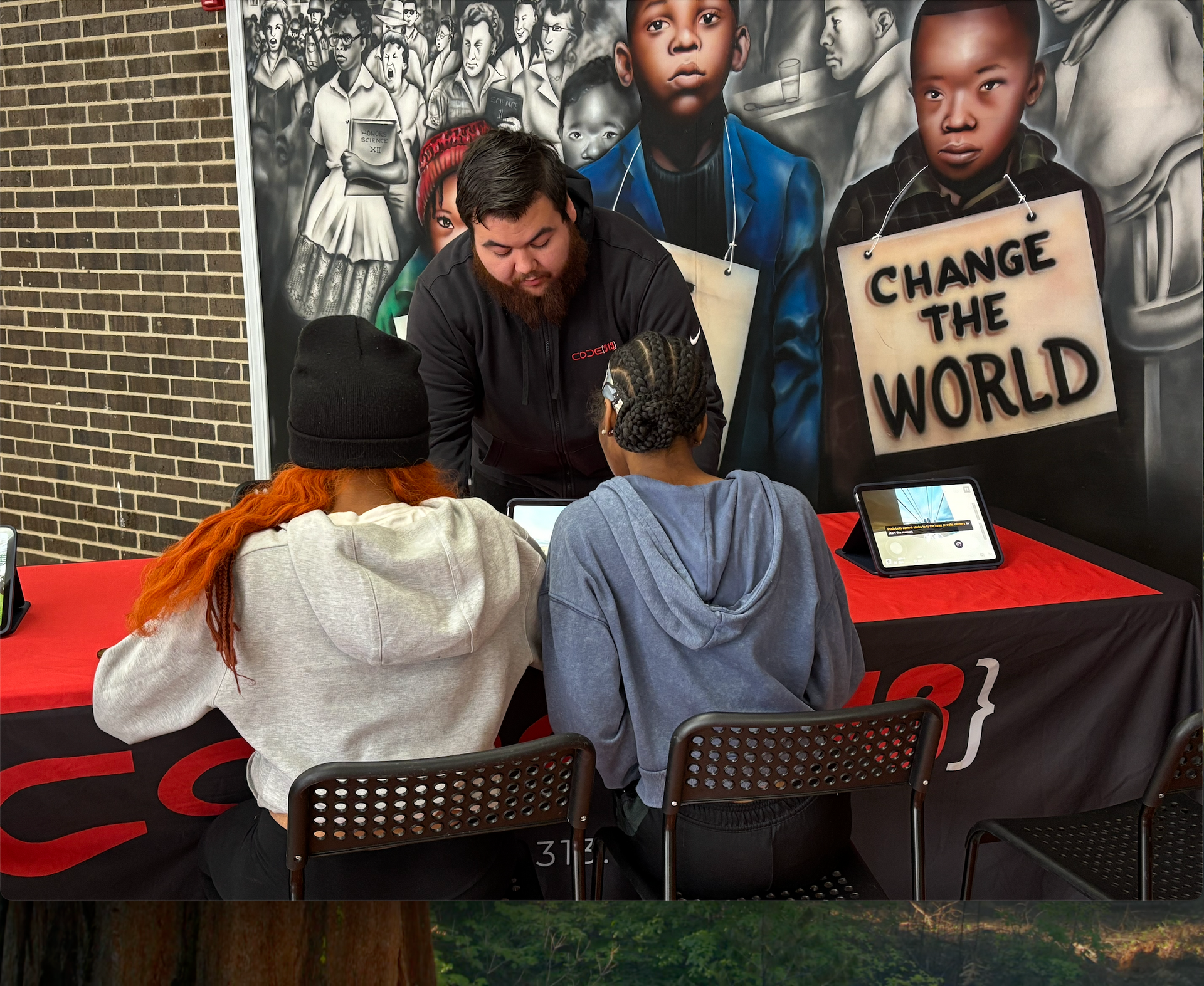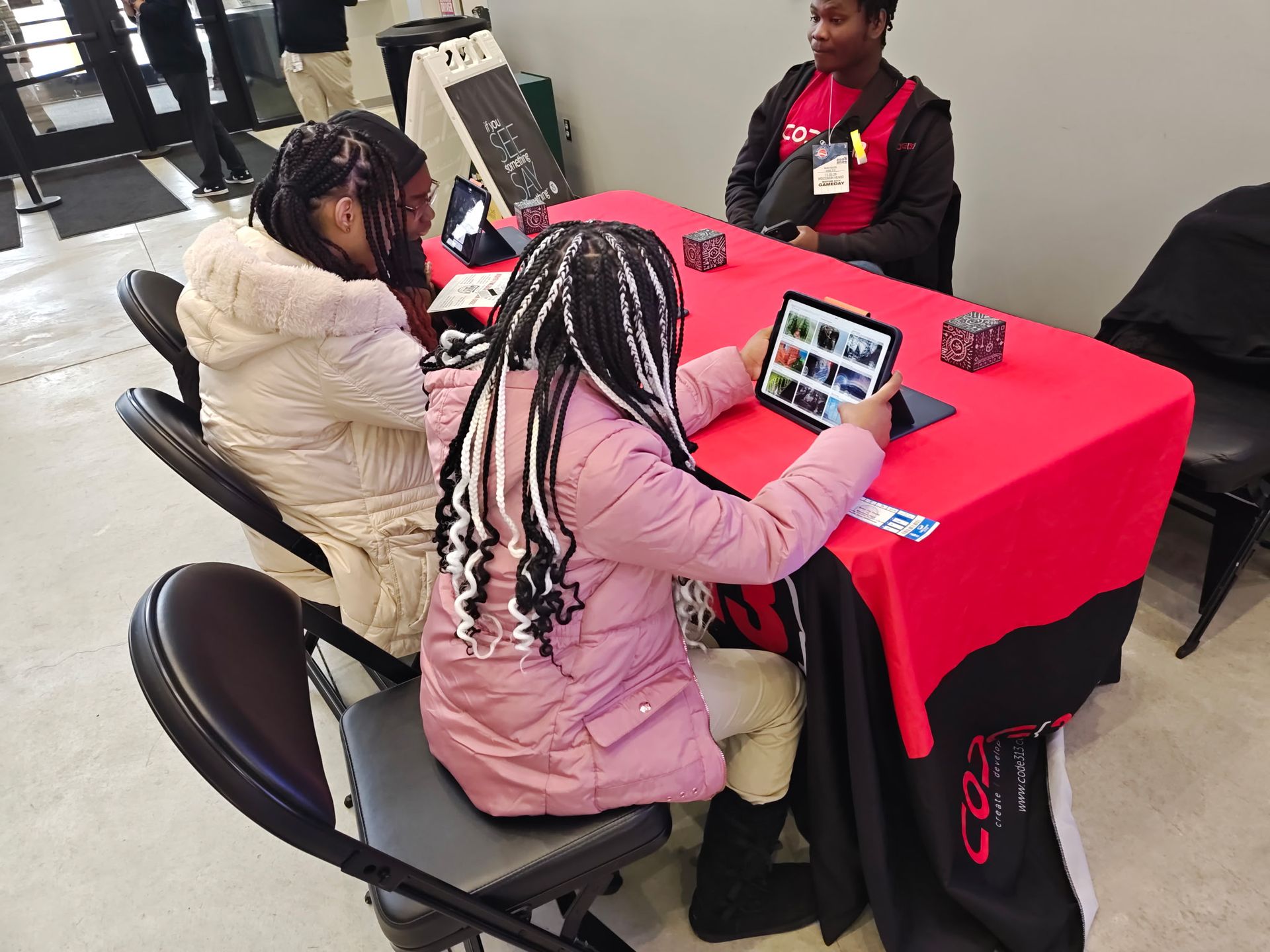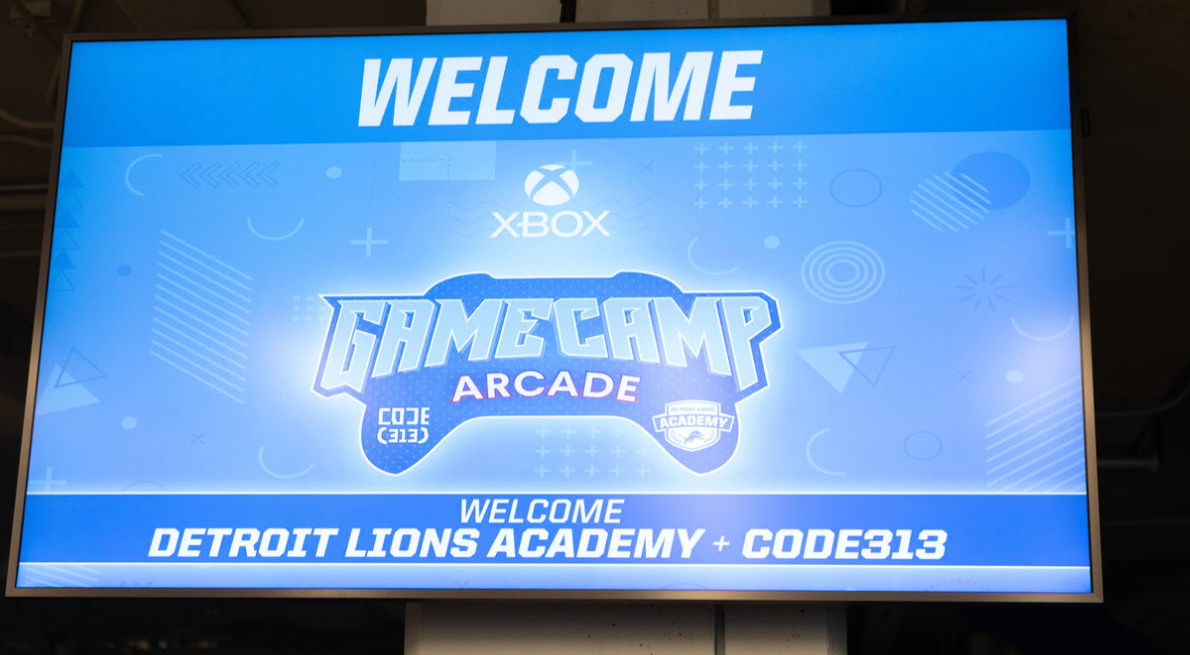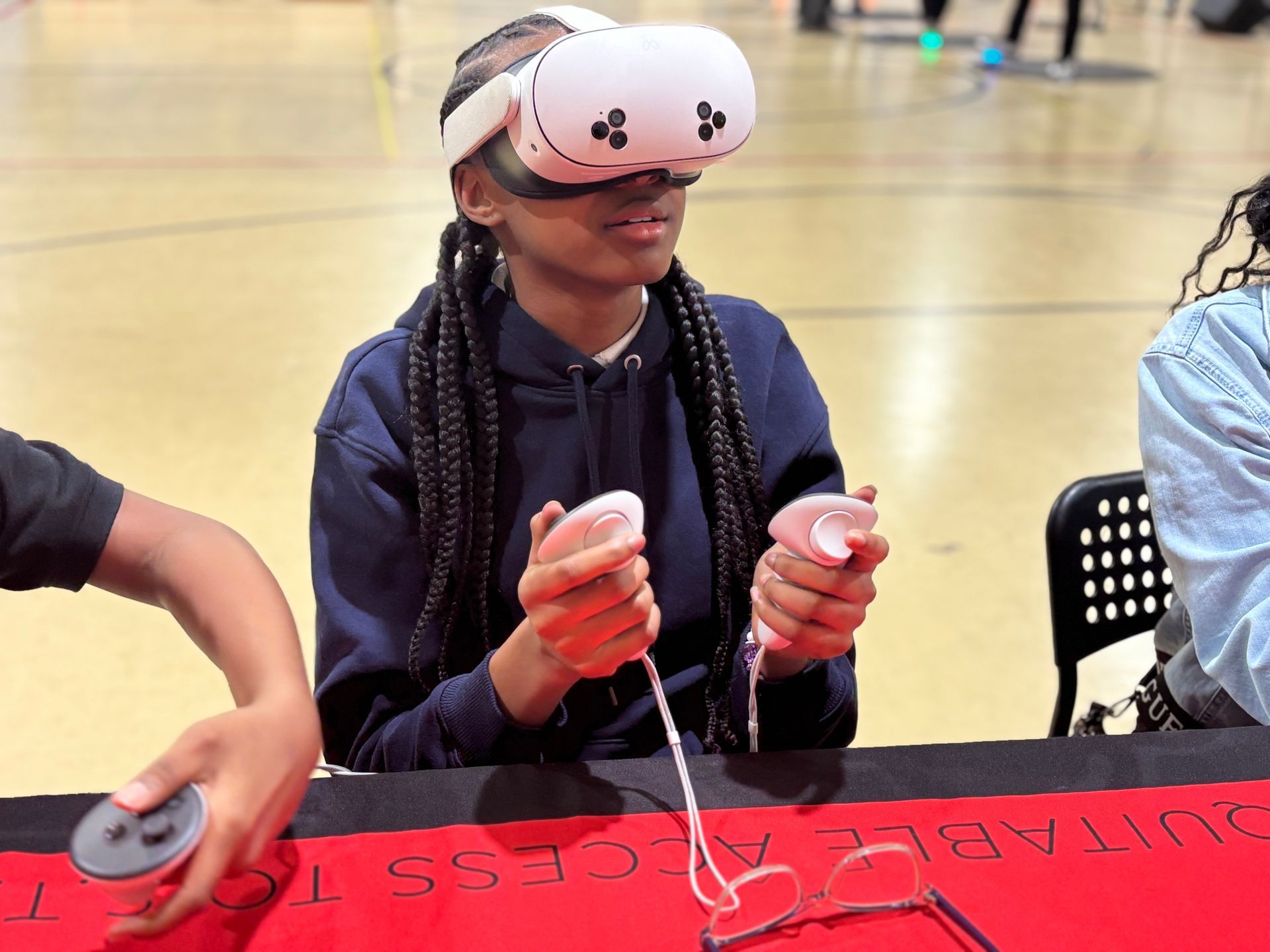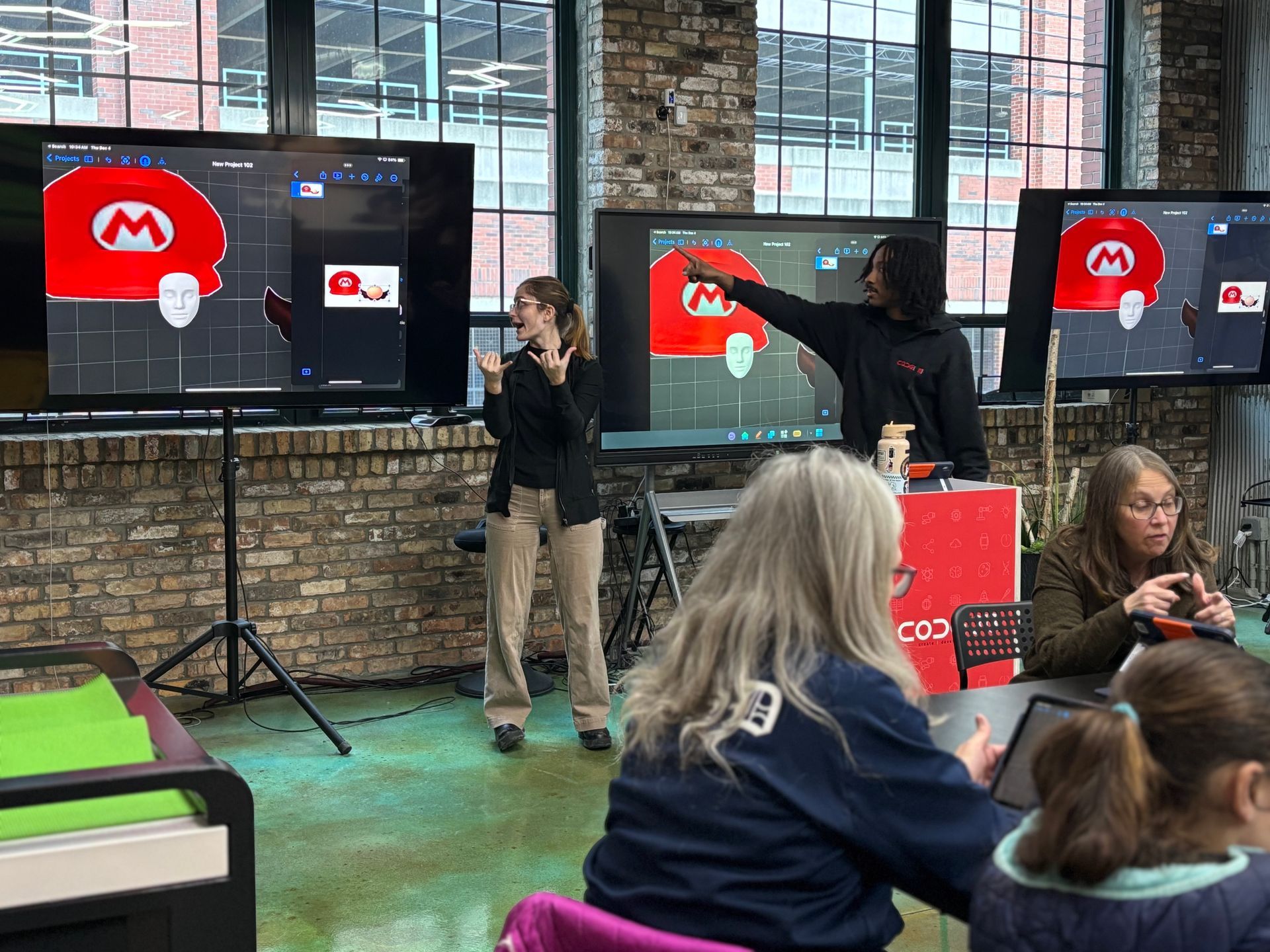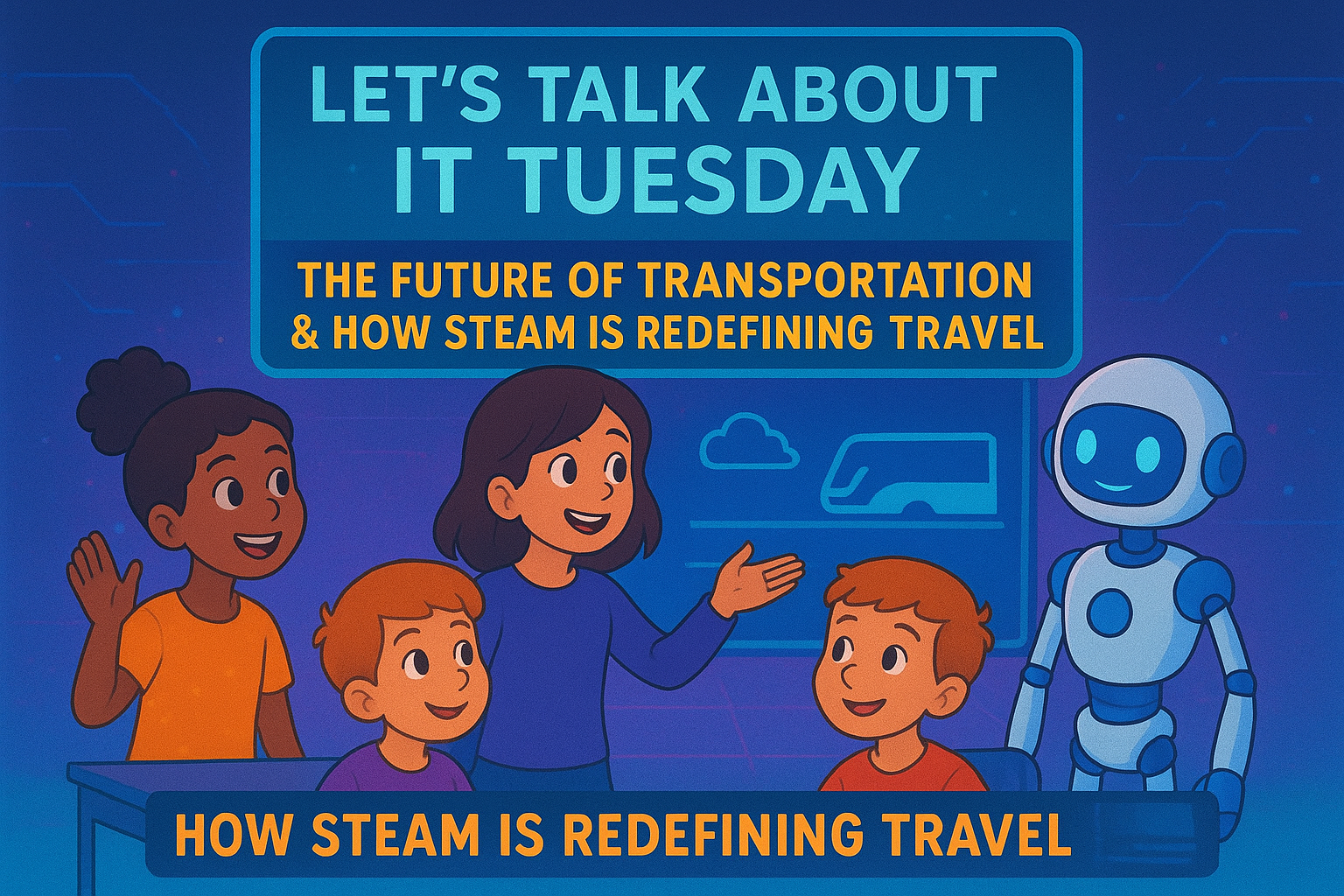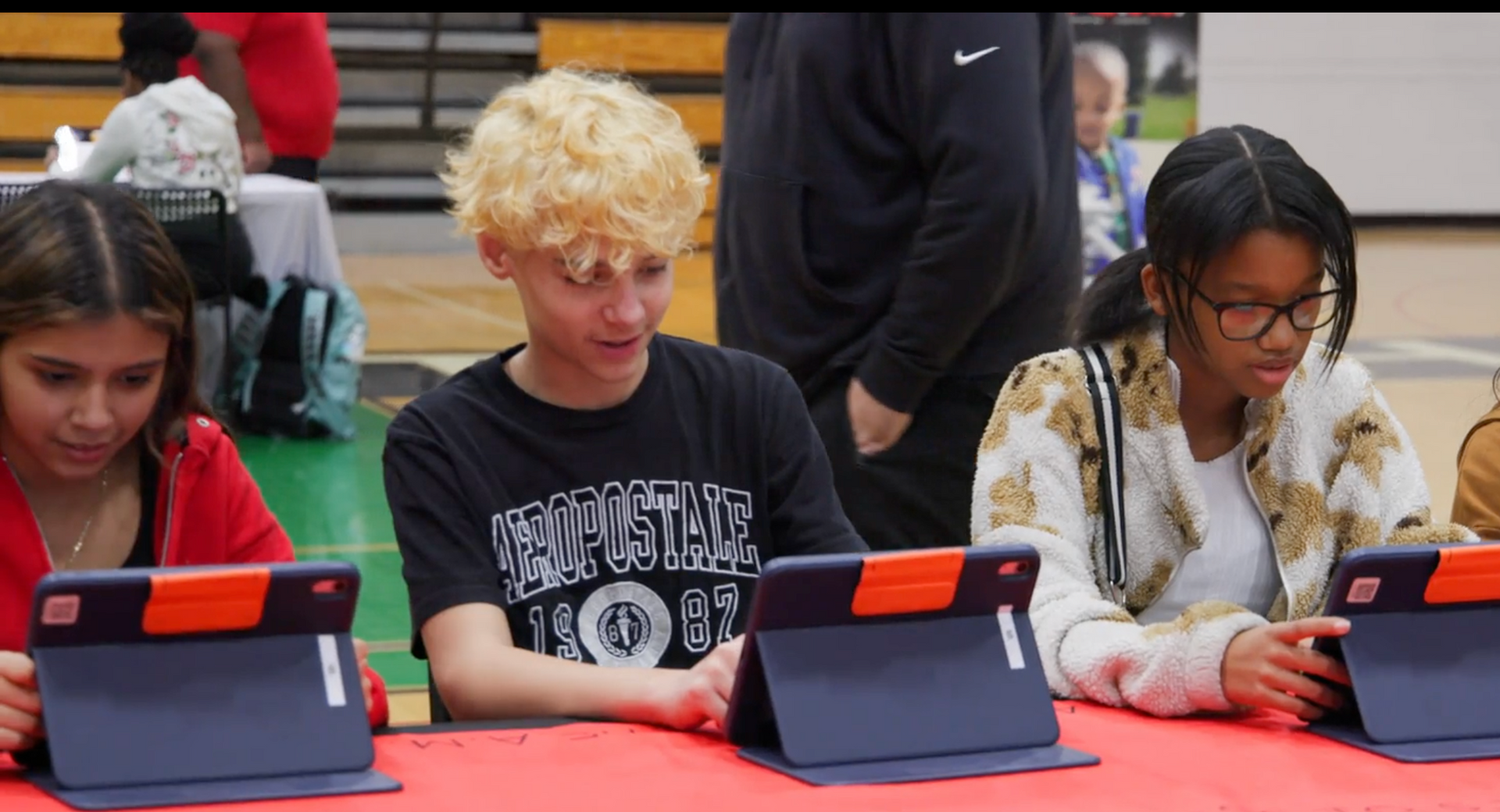Let's Talk About It Tuesdays: "Finding Balance: 5 Practical Tips to Help Teens Unplug from Technology"
How to Reduce Screen Time and Foster Real-World Connections
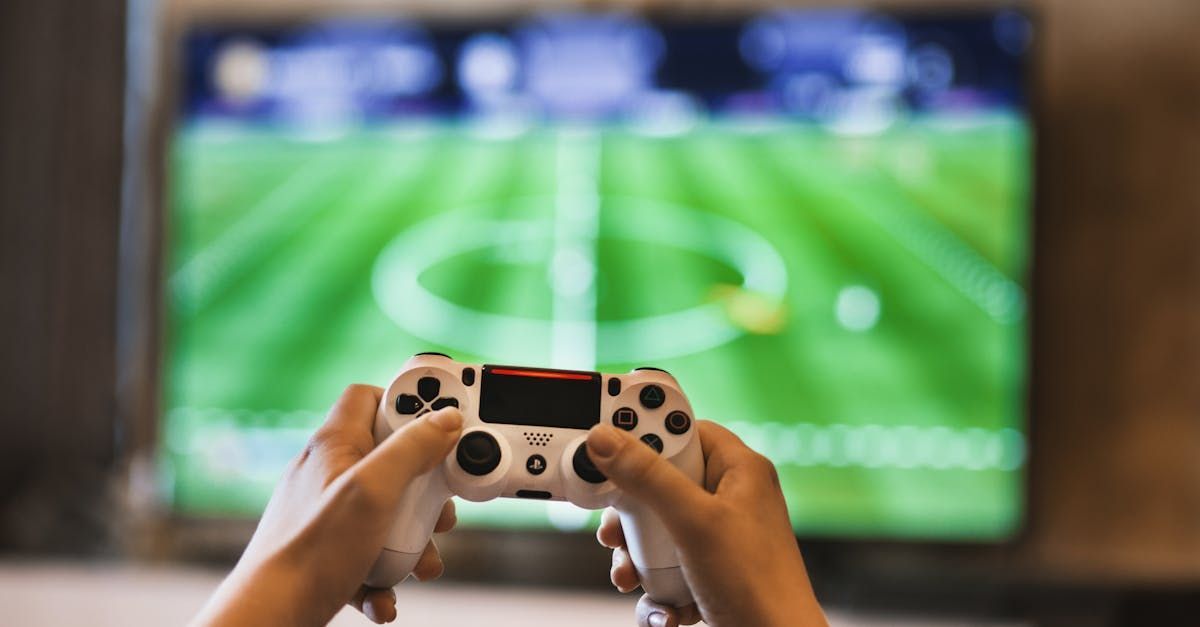
The CDC recommends that kids aged 11-18 limit screen time to 1-2 hours per day. With practical tips, teens and their parents can strike a balance between unplugging and engaging with their devices.
Digital devices are everywhere and fulfill many of our everyday needs, making it hard to balance unplugging from technology and engaging with it. Teens, in particular, may find it difficult to disconnect because they have always had digital technology in their lives.
Screens can be beneficial for learning and connection, but excessive use can lead to addiction and mental health issues like anxiety, depression, and social isolation. Teens often spend up to 7.5 hours daily on entertainment screens, far exceeding the CDC's 1-2 hour recommendation. This excessive time could be better spent on family, friends, hobbies, and physical activities.
On March 1, UScellular encourages families and kids to engage in real-world activities that promote mindfulness, connection, and well-being. “By intentionally taking a break, we can gain a greater appreciation for the role that tech plays in our lives and be better equipped to establish healthier tech habits,” says Laurent “LT” Therivel, President and CEO of UScellular.
Here are five effective ways to help teens unplug from technology:
- Model Healthy Tech Habits.- If the household rule is “no phones at the dinner table,” it can be frustrating for teens to see their parents make excuses. Teens are more likely to disconnect if they see their parents setting a positive example. Being honest about your own tech usage and discussing the challenges of unplugging helps build mutual support.
- Start with Small Steps.- Begin with just 30 minutes to an hour of screen-free time each day, ideally at the same time. Gradually increase this time after a week or set additional screen-free periods during the week.
- Explore Alternative Activities.- Help teens create a list of tech-free activities they’d like to do, such as walking, doing yoga, hiking, napping, or reading. It could include trying out a new sport or hobby.
- Manage Notifications.- Push notifications can be disruptive. Encourage teens to keep notifications only for important things or place their phone on “do not disturb” for certain periods. This helps them use their devices with intention.
- Encourage Physical Activity.- Exercise helps teens unplug from technology and counters the negative impacts of too much screen time. Encourage teens to participate in sports, yoga, or go for walks and hikes.
Digital technology is here to stay, but that doesn’t mean it has to control our lives. Finding balance starts with enjoying screenless activities, whether connecting with family and friends, being active, or exploring offline interests. By starting small and committing to screen-free activities, teens can feel more in control of their tech habits and capable of unplugging when they want or need.


